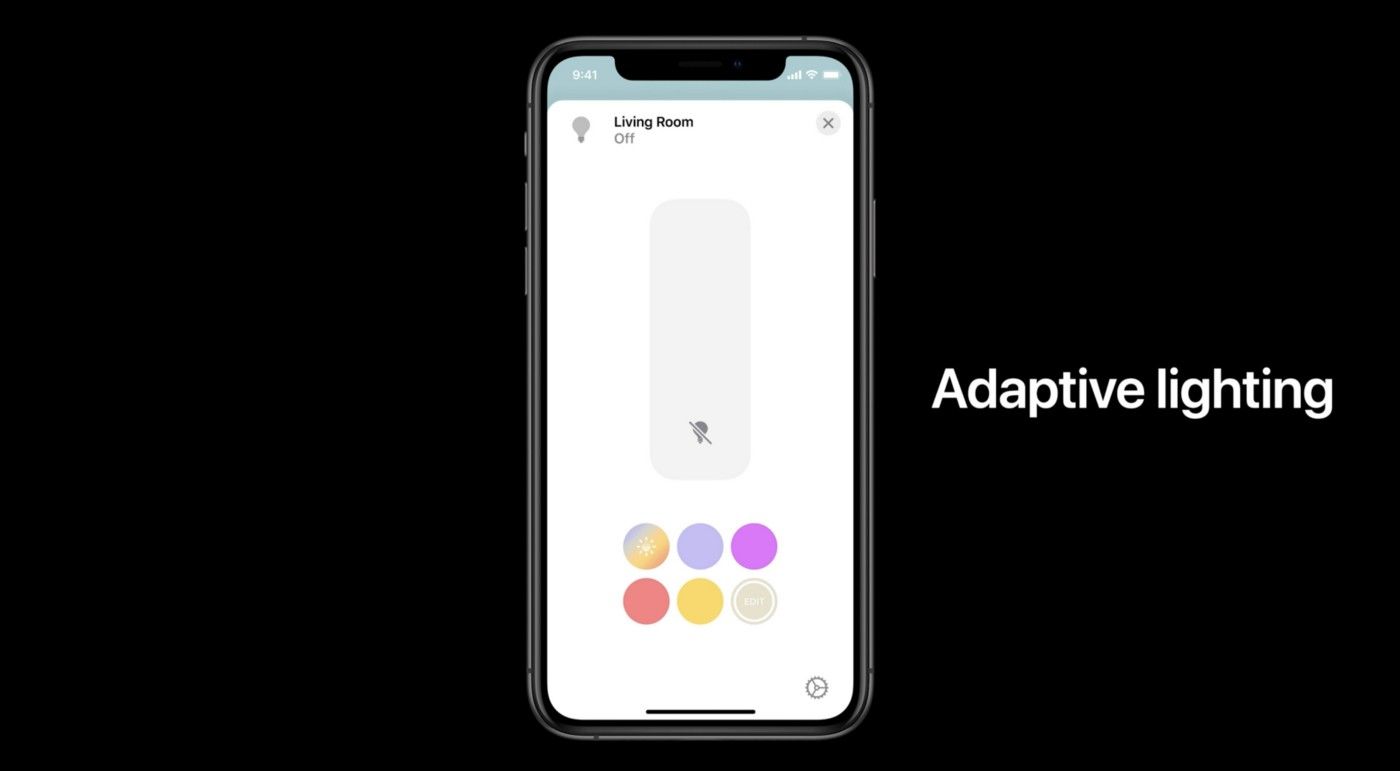Top 5 Noteworthy Apple Releases From WWDC 2020—Releases


This disclaimer informs readers that the views, thoughts, and opinions expressed in the following article belong solely to the author, and not necessarily to the author's employer, organization, committee, or other group or individual. The following write-up is a personal perspective based on the author's personal experience and account.
The author shall take no responsibility or be affiliated with any of the readers' own take or experiments to replicate the results expressed in this article. Readers are reminded to practice self-caution, safety, and calculated risks prior to any experimentations, as well as to double-check on details prior to any potential actions or purchases.
A New Stage
Shot in a movie-liked fly-by-view of the Apple Park compound, the life-like 3D-rendered, assumed pre-recorded-broadcast compilation of this year’s WWDC 2020 Keynote brought a whole new dramatic perspective and set a new market standard as to how new software releases can be potentially released in the future.
Spending more time in creating multiple sub-streams of educational, developer-oriented, digital content that will be spread and broadcasted across a new one-week timeframe in Jun 2020, Apple can be seen as creating more new opportunities to reach out, nurture, and share towards a wider new developer audience with this new, open online format.
In the following article, I will list down and share my personal take on the Top 5 Noteworthy Apple Releases that caught my attention, which I think may either appeal, be critical or be useful to Apple users, during the WWDC 2020 Keynote.

1. Apple Silicon
Apple is officially charting a major, critical milestone as they announced their upcoming pivot to fully migrate away from the Intel chipsets (Transited since late-2009), towards their very own, proven Apple Silicon chipsets, which has since been used as the foundational-building-blocks dating back to earlier versions of the iPod Touch and iPhones.

Based on the Apple Silicon chips, the highly-efficient and hugely-successfuliPhone and iPad Pro series have far demonstrated that Apple in 2020 has the technological capabilities to build better hardware that will surpass current market standards.
The iPad Pro is a great testbed and display of how easily Apple can re-design and scale-up to meet the demands and needs of more CPU- / GPU-intensive workloads that are usually found and executed on the MacBookPros or Mac Desktops.

By fully integrating the entire software and hardware ecosystem, Apple will then be able to potentially close-off future software or hardware hurdles, introduced with current limitations by third-party manufacturers.
A good outcome from this venture could potentially be a more silent and simmer device profile coupled with increased CPU-capabilities on the MacBookPros / Mac Desktops of the future, which is well-exemplified by existing iPad Pros, given their lesser need for more fans to cool the hardware as required by the current Intel series.
However, on the flip-side, we will probably not be sure whether Apple’s Bootcamp for Microsoft’s Windows OS will still work natively after the migration as the native Windows OS works more effectively on Intel-based chips.

Eventually, we will see the full-unification of all Apple-OS apps into one seamlessly-connected environment, where users will see a “common-interface” across all devices and be able to just “continuing their tasks immediately” while moving from one Apple device to another.
Hopefully, this move will also trickle down lowered future costs on higher-end devices for Apple users, primarily the MacBookPros- and Mac-Desktops- series of products, since by then, everything will be built in-house and the overall logistical and production costs will be definitely be lowered.
Apple will be expecting their first higher-end Apple Silicon-based device release potentially at the end of 2020, and they are already widely assisting and encouraging app developers to start migrating their apps post-WWDC2020 moving forward.

2. macOS 11 Big Sur
Similar to the historic migration away from the PowerPC chips to Intel chips, where the then-new MacOSX 10.6 Snow Leopard was introduced in 2009 as a go-between-migration-platform between PowerPC and Intel chips, the upcoming introduction of macOS 11 Big Sur will likely be a similar last-serving-go-between-platform between Intel and Apple Silicon chips.
This means that for the upcoming 2-year transitional timeline, as projected by Apple, macOS 11 Big Sur will be the last macOS software where Intel-based Mac-devices can be upgraded to in the foreseeable future.

Consumers may potentially benefit from the pending sales of current stocks of brand new Intel-based systems, which may potentially drop in price given their near-term diminished-value-longevity due to the limited projected software upgrades in the future.
Previews of this upcoming release, due in Fall 2020, seemed to bring together many design similarities found on the existing iOS being baked into the macOS interface, namely (a) Control Center, (b) Group Notifications, (c) Boxed App Icons, and (d) Abstract Wallpaper.





Personally, though I might not totally agree with some of the design decisions brought onto this new macOS, as it seems to make my macOS feels like the iOS, which I sometimes feel is a somewhat sub-par and less-polished user-interface-experience as compared to the current and past versions of macOS.
However, I will acknowledge that given the upcoming unification across all Mac-device systems, it will sadly be an inevitable step moving forward.


Looking at the bigger picture, it does seem that macOS 11 Big Sur will be more of a user-interface-integration and kernel-migration release rather than any of the exciting software add-ons we are more commonly used to.

3. Improved Widgets For iOS / iPadOS / macOS
The concept of Widgets is not new and is often found hidden in the crevasses of either our iPhones’ Today-View-screens, our iPads’ expanded-only-landscape-home-view, or our MacBooksPros’ hidden-hover-over-tray.
Regretfully, these widgets were often limited-in-functionality and frequently not-visually-striking-enough to be used by almost everyone on a regular basis.

However, this 2020 nudge of this old-turned-new-concept is a welcoming step that helps users inject a more personalised, lively, and more interactively-eye-catching personality, to an unchanged and aging 13-year iOS / iPadOS interface dating back to 2007, while retaining a relatable user-interface at the same time.

The refreshed iOS / iPadOS Widgets design will now enable users to “highlight content” that mattered more to them personally, out of an ocean of apps.

No doubt, I am sincerely curious whether it will create any sort of similarly-significant-dent in a macOS interaction as compared to that of an iOS / iPadOS interaction. This is especially so given that the renewed macOS Widgets’ layout design is still primarily-stored-away-in-the-hover-over-tray.
Still, I am thankful that Apple has made a concerted unified design stance in this area of which might have been discontinued otherwise.

4. Scribble for iPadOS
The Apple Pencil 2 is synonymous with both improving usability and completing the overall-user-experience of owning an Apple iPad Pro.
However, as a recent, newly-minted owner to the Apple iPad Pro 12.9″ 2020 with Apple Pencil 2, I can personally attest to a few obvious limitations of the Apple Pencil 2 despite its prowess. — Primarily it is only used within the confines of sketching, designing, drawing, or writing apps but nowhere else.
Now, that has seemingly changed with Scribble for iPadOS, which basically converts common handwritten characters or shapes into digital form natively across all text-based input fields on iPadOS.

In short, more can now be done without needing to pay for additional specialised iPadOS apps for text recognition:
- Write-to-Text Recognition — Text hand-written in English or Mandarin Chinese in any text field will now be automatically converted into text.
- Handwritten-Text Selection — Written text can now be easily selected and manipulated further digitally.
- Selective Data-Detection Recognition — Written numbers or addresses can be detected and be directly converted into a usable function, such as an immediate phone number calling, or mapping-directions to an address via Apple Maps.
- Sketch-to-Shape Recognition — Basic lines or shapes such as circles, triangles, etc. can be automatically recognised and converted to a perfect shape digitally to save on messy sketches.
Moving forward, I do foresee that current iPadOS apps that rely heavily on the above as a side subscription-based income stream may see their sales dwindle as this scribbling-recognition functionality is now built into one of the iPadOS core toolkits.
Users, on the other hand, may also save more in the long-run as they have a lesser need to fork out more money for such specialised apps.

5. Expanded HomeKit for iOS / iPadOS / tvOS / macOS (Pending)
HomeKit has been around for quite a while, but given its slight-inflexibility to cross-integrate between the growing spread of third-party hardware, many users like myself are highly unlikely to take new steps moving into this sub-ecosystem.


With the new release of cross-hardware-control-apps such as “Lights App” and “Cameras App” for HomeKit, which can be easily embedded into iOS’s / iPadOS’s / tvOS’s Control Center, it makes more practical sense to users now as they can connect and control their pre-installed IoT-Lights or IoT-Cameras and have more immediate control to these IoT-devices without needing to install or open a third-party app.

Another attractive new add-on feature is Picture-in-Picture, where users can easily access another minimised video feed, either from a LIVE IoT-Camera or just a separate overlay-video to multi-task.

This is especially useful, for users who are not physically at home but need to check on the security feeds of the residence’s surroundings, or for users who are parents who are watching their favourite television show on TV but want to check up on the kids who are playing out in the backyard.

This deeper-integration also extends the ability to Automate multiple scenario-based settings-activation without the need for a third-party service integrator such as IFTTT, which helps keep your settings more private in-house for more privacy-conscious individuals.
As more and more users will see themselves “Working Remotely” or “Working From Home (WFH)” in the near future due to the CoVid-19 situation, this added new functionality will definitely give Apple homeowners an added peace-of-mind while being at work.

I hope you have learned something or gained some new insights into Apple’s Jun 2020 releases from WWDC 2020.
If you have any questions regarding the above or have any pointers to share, do drop your discussions in the comments below.
Cheers! 😉





